Installation
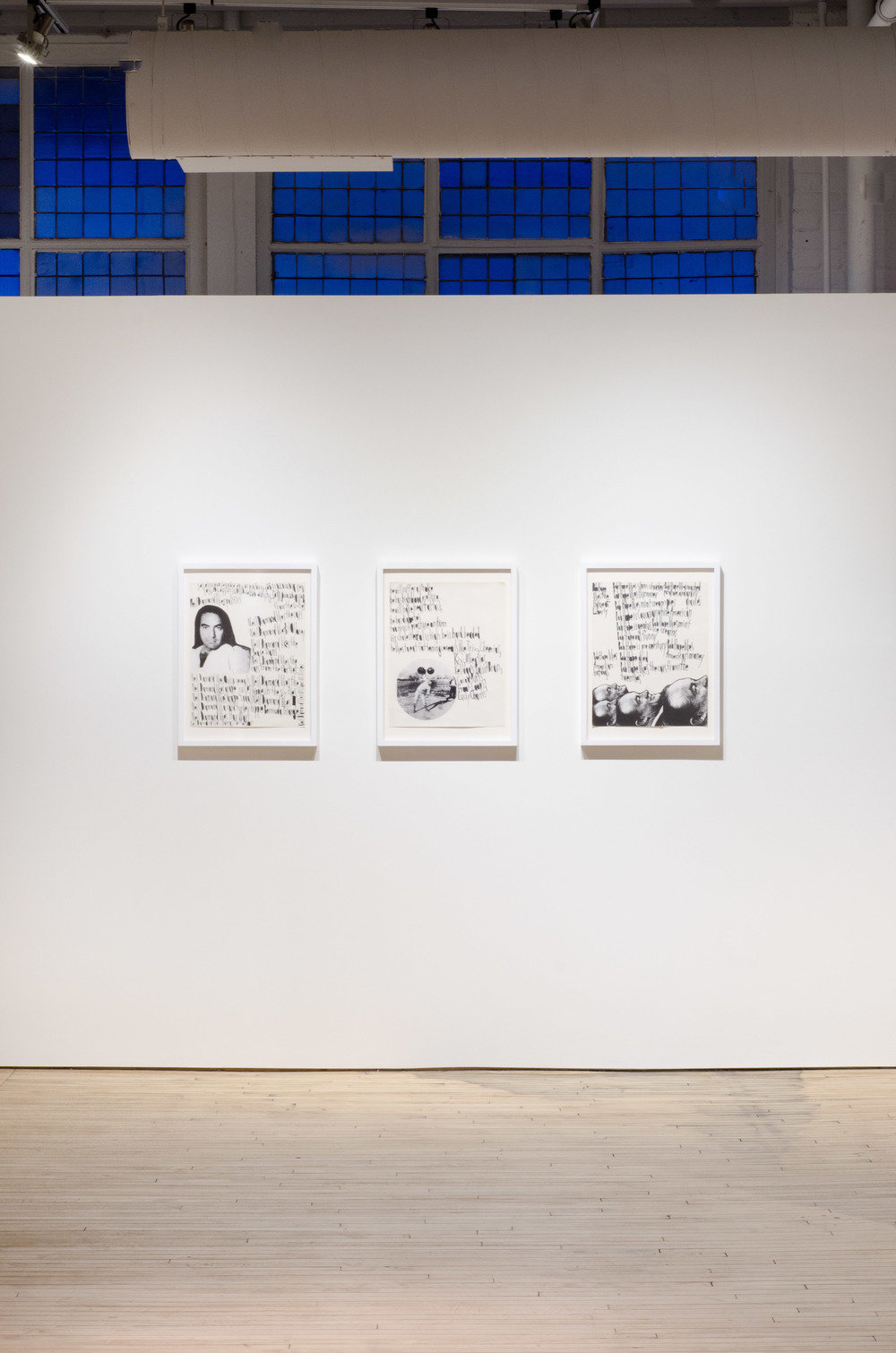
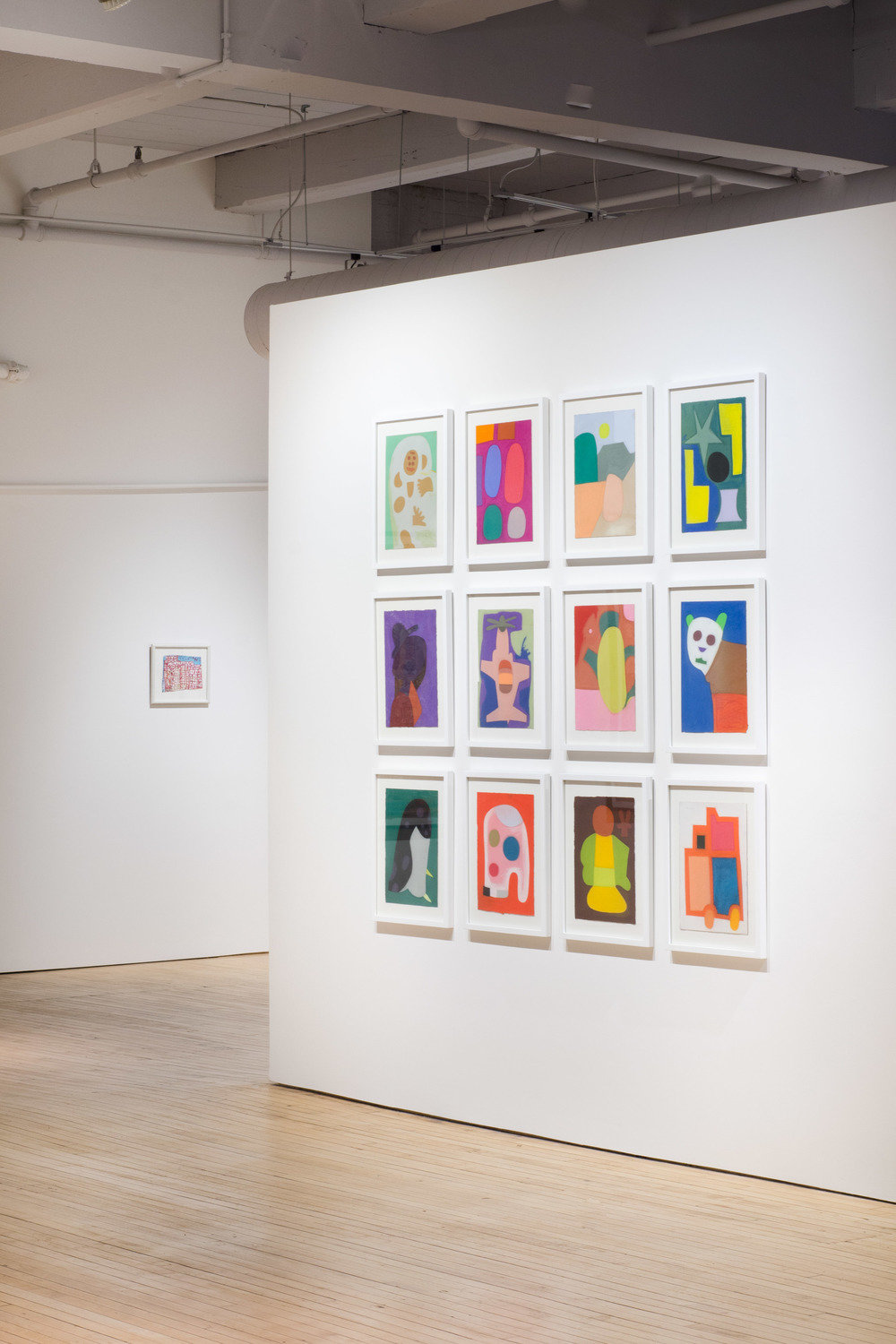
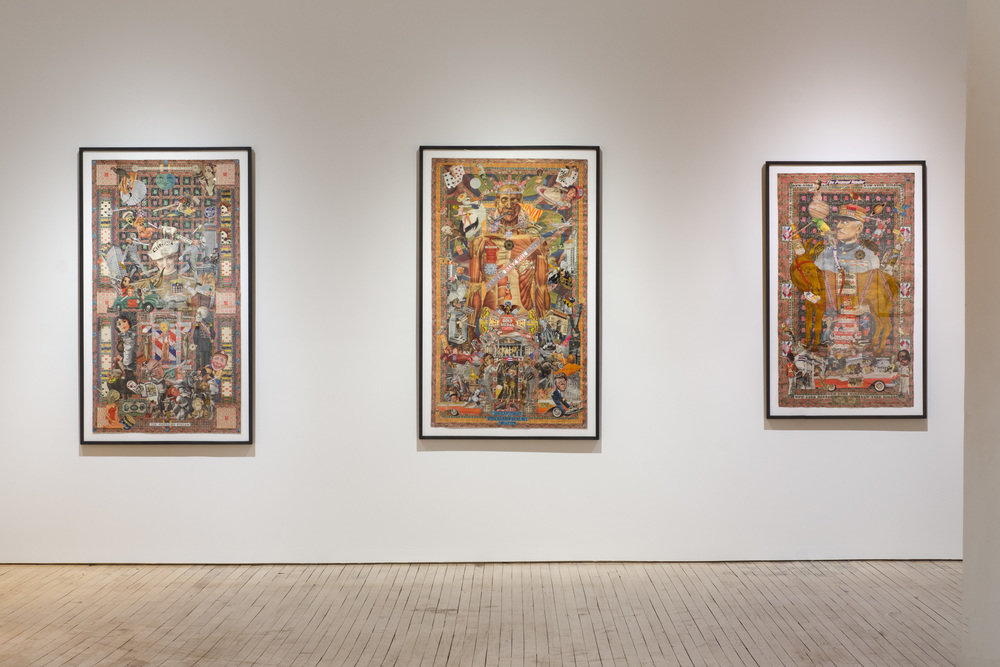
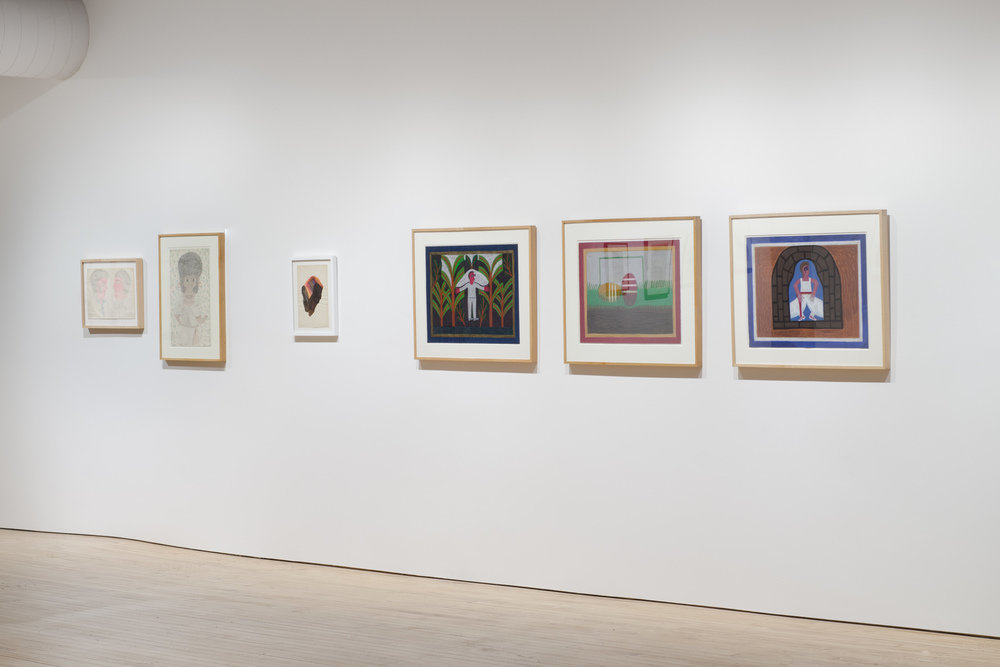
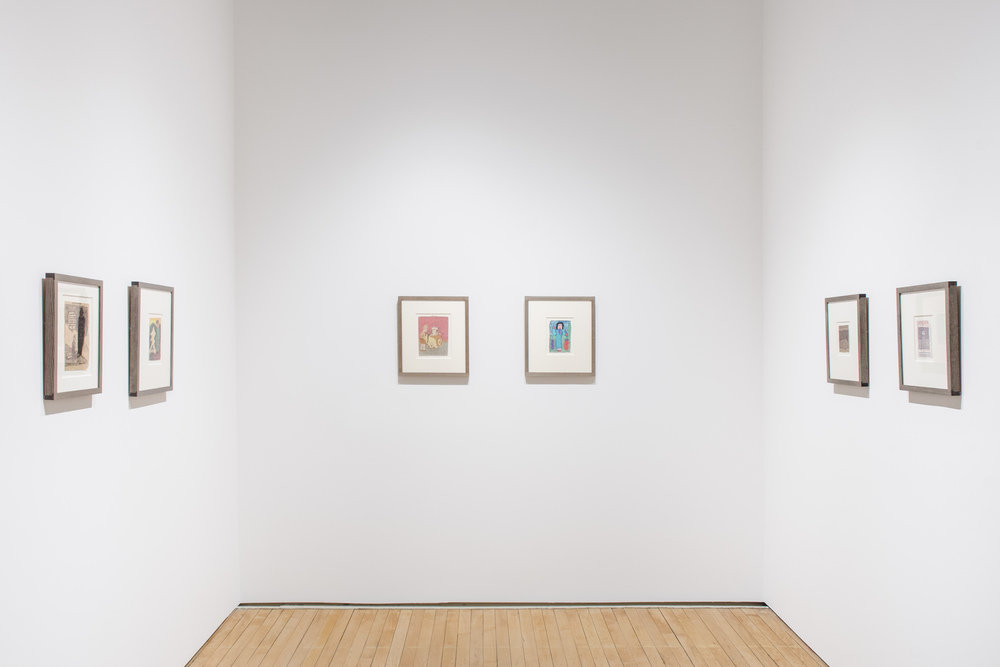
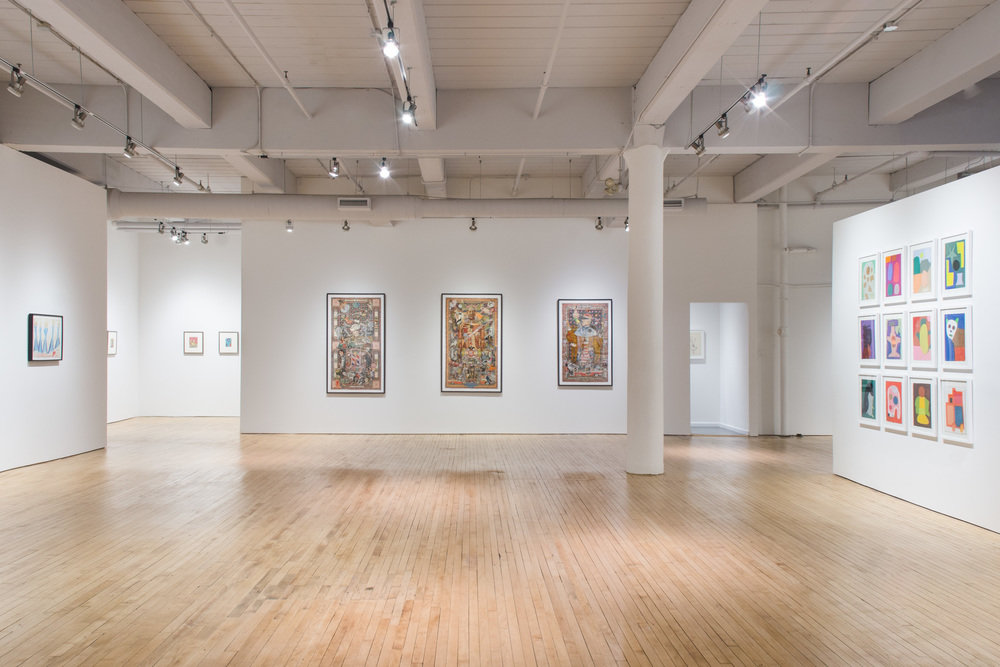
Jun 02 — Aug 26, 2016
Featuring work by: John Patrick McKenzie, Agatha Wojciechowsky, Julian Martin, Andrew Herman, Inez Nathaniel Walker, Bill Traylor, Sister Gertrude Morgan, Felipe Jesus Consalvos, James Castle, Eugene Von Bruenchenhein, Margaret Brown, Eddie Arning
Reception: Thursday, June 2, 6–8pm
Fleisher/Ollman’s summer 2016 exhibition, Measurably Long Kool, showcases the myriad ways that self-taught artists creatively engage with the medium of paper. The exhibition title is appropriated from an Eddie Arning drawing included herein, and underscores a pop theme that is one of the show’s leitmotifs. The selected works encompass collage, painting, and drawing; several selections highlight novel techniques used in the creation and implementation of media and their application to paper supports. The artists employ story-based and poetic narratives, engage with popular culture, juxtapose text and image, distill and abstract various forms, and pay homage to God or denizens of the spirit world.
Measurably Long Kool represents a wide spectrum of the self-taught field, from 20th century luminaries such as James Castle (1899–1977), Bill Traylor (1856–1949), Eddie Arning (1898–1993), Eugene Von Bruenchenhein (1910–83), and Felipe Jesus Consalvos (1891–c. early 1960s) to currently active artists. The latter includes Andrew Herman (b. 1959), who has an avid practice of drawing maps of imaginary places but largely pursues art privately and on his own terms, and Julian Martin (b. 1969) and John Patrick McKenzie (b. 1962), who both work within the nurturing settings of developmentally disabled art centers. Sister Gertrude Morgan (1900–1980) and Agatha Wojciechowsky (1896–1986) each made art to honor her own spiritual beliefs: the former, a Christian evangelism based on faith made visible through painted imagery as well as good works (Morgan ran an orphanage), and the latter, a mediumistic pursuit channeling the creative energy of deceased artists residing in the spirit world. As with Eddie Arning, Sister Gertrude Morgan, and Agatha Wojciechowsky, Bill Traylor, a former slave, came to art later in life—at the age of 83—when he could no longer physically work. He set up shop outdoors on the street in Montgomery, Alabama, and proceeded to draw—with an elegant economy of means—images of animals, people, and narrative scenes on stark expanses of re-purposed cardboard. His minimal compositions find a ready context within modern and contemporary art (think Joseph Beuys or Louise Bourgeois drawings), despite Traylor’s own doubts as to whether he was even an artist at all. Inez Nathaniel Walker (1911–1990) and Margaret Brown (dates unknown, active late 1980s–1990s) both had connections to Philadelphia: Walker moved to the city in the 1930s during the Great Migration when African Americans re-settled in northern industrial centers (she left Philadelphia in 1949 for upstate New York) while Brown was renowned for making and selling her art in Rittenhouse Square, a public park in Center City, Philadelphia. Walker began drawing in prison during the 1970s, focusing on expressive portraits with detailed attention to the patterning of clothing and hair. Brown’s work runs the gamut from still life to religious-themed watercolor drawings.
Many of the artists in Measurably Long Kool—including Felipe Jesus Consalvos, Eddie Arning, Julian Martin, James Castle, and John Patrick McKenzie—engage with popular culture. Consalvos, a cuban immigrant who worked as a cigar roller in factories in Miami and New York, made collages during the mid-20th century using images and decorative motifs sourced from an array of found paper, including magazines and newspapers, money, cigar wrappers, wallpaper, and photographs. His comically and politically charged works reflect a newcomer’s astonishment with the American experience. Eddie Arning, active from the mid-1960s through mid-1970s, based a portion of his tremendous output on magazine advertisements, translating contemporary graphic design into flatly rendered, formally balanced drawings that evoke the Pop Art of the same time period, albeit in rawer form, using crayon and oil pastel. Julian Martin works in a similar medium (traditional pastel) and bases his drawings on images culled from magazines, art history books, and occasionally, from still-life arrangements of actual objects, but Martin’s drawings are so abstracted that their source materials are often unrecognizable. Renowned for his moody, soot and saliva, landscape and domestic interior drawings, James Castle also drew from the popular culture of his day, referencing (and copying) cartoons and photographs from magazines and newspapers. All of Castle’s drawings, regardless of subject, demonstrate a highly original approach to media. In addition to the soot and spit concoction that forms the color black in his work, Castle reclaimed color from crepe tissue, construction, and other pigment-rich papers soaked in water to make his vibrantly hued drawings. In text and photo reproduction collaged drawings, John Patrick McKenzie announces his fixation on celebrities, Filipino women, and athletes, sending up these assorted humans with hilarious commentary written in his trademark, infilled lettering. All of these aforementioned artists take to task the notion of the self-taught artist as being somehow removed or isolated from society; on the contrary, each of them demonstrates a highly personal interpretation of the culture which envelopes them, as both keen observers and exuberant participants.
Works by John Patrick McKenzie courtesy of Creativity Explored, San Francisco





